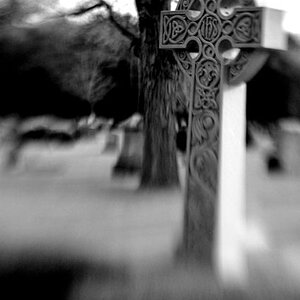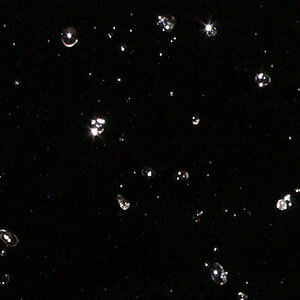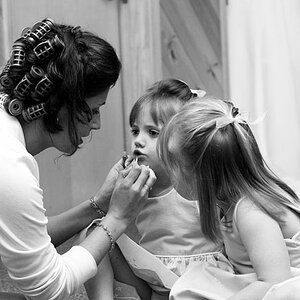benjyman345
TPF Noob!
- Joined
- Sep 26, 2006
- Messages
- 152
- Reaction score
- 0
hi,
I just setup my tripod and camera with iso 100 film and set to f8.0 on bulb.
How long (approx) should i keep the shutter open to get an acceptable exposure. I am in a suburb, but well away from lights.
thanks
I just setup my tripod and camera with iso 100 film and set to f8.0 on bulb.
How long (approx) should i keep the shutter open to get an acceptable exposure. I am in a suburb, but well away from lights.
thanks



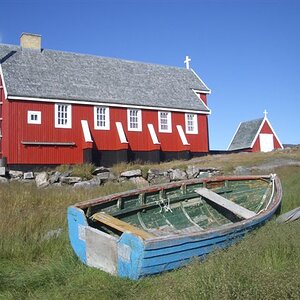
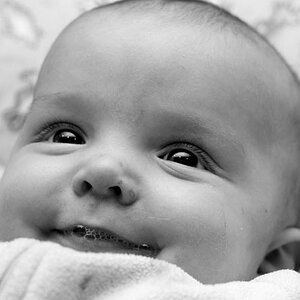
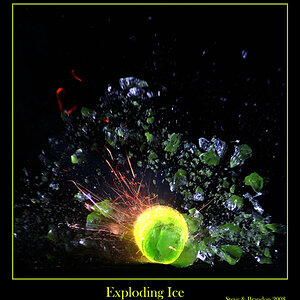
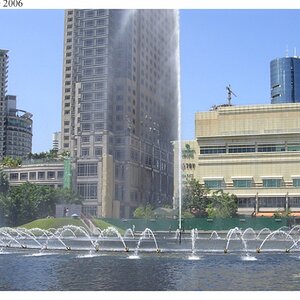
![[No title]](/data/xfmg/thumbnail/32/32953-da4fe78e854d5dbe210d58591ccf42d4.jpg?1619735787)
